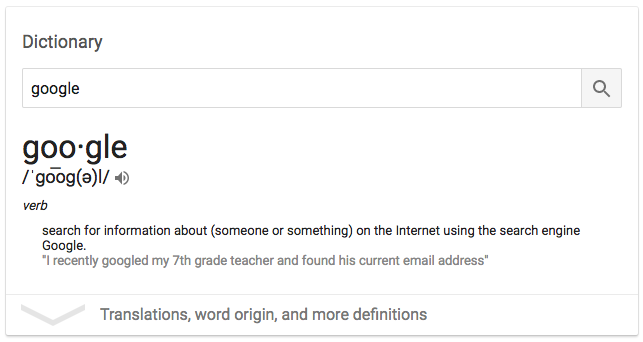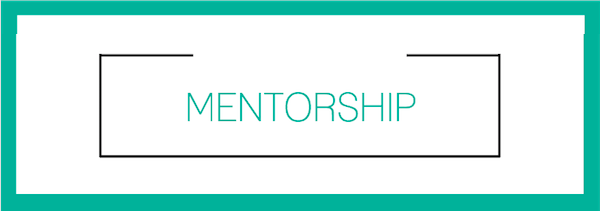Tell any student you’re going to teach them how to use Google and they will tune you out immediately. Everyone knows how to “Google” [insert students’ exaggerated eye rolls here]. They might have a point, “Googling” has become so synonymous with basic web searching that it has become a verb:
I am here to argue that “googling” is not as intuitive as our students (or society) might think. At least, not highly effective searching. I have been teaching colleagues and students some helpful tips for the last several years and I am always excited to see how in awe they are of these few simple tricks. If you were to do a basic search of “Google Search Tips” you will find a plethora of articles and posts, but these are a few of my favorites:
Try to model some of these treasures with your students and they may have a new appreciation for your superb “Googling” skills. I must note that while I have long been using the term “Googling to the Max” for this presentation, it seems there are several others that use this title, as well. I created the examples within the presentation to specifically suit my audience, … Read More





